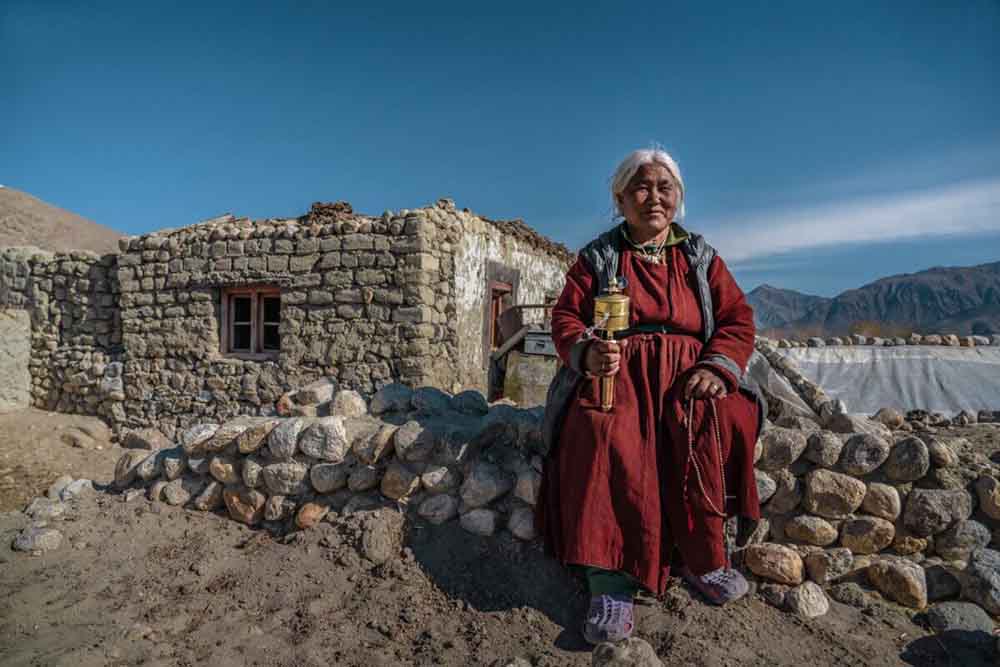The process of evolution is ongoing, ever since the first cells started to form in the oceans. The Tibetan plateau is one of the most challenging places for humans to exist, and a recent study has provided insights into how evolution is taking shape there. According to the study, the genetic characteristics found most likely originated with the Denisovans, prehistoric hominins that lived in Siberia around 50,000 years ago.

Headed by Cynthia Beall, Distinguished University Professor Emerita at Case Western Reserve University, the study demonstrates how people have adapted over time to survive in the Tibetan Plateau's oxygen-deficient environment. It provides important new information about human evolution and adaptation to harsh environments, and was published in the Proceedings of the National Academy of Sciences. The subjects of the study were 417 Tibetan women, between 46 to 86 years, who lived in Upper Mustang, Nepal, at elevations between 12,000 and 14,000 feet, were the subject of the study.
To learn more about how oxygen supply characteristics affect reproductive success at high altitudes, researchers gathered information on reproductive histories, physiological measurements, and DNA samples. Important discoveries showed that mothers who gave birth to the most live babies had a special combination of heart and blood characteristics that improved oxygen supply. Because of their increased oxygen saturation and near-average haemoglobin levels, these women were able to distribute oxygen more effectively without raising blood viscosity. Tibetan women have evolved to regulate the body's oxygen requirements without overtaxing the heart.

Additionally, the study discovered a genetic characteristic that most likely came from the Denisovans, prehistoric hominins that lived in Siberia around 50,000 years ago. This characteristic, which is specific to individuals native to the Tibetan Plateau, is a variation of the EPAS1 gene that controls haemoglobin concentration. Wider heart ventricles and improved blood flow to the lungs were two other adaptation features that were seen; these features improved oxygen supply and raised the likelihood of successful reproduction.
In addition to showcasing Tibetan women's incredible tenacity, this study offers insightful information on how people adjust to harsh surroundings. The results provide insights into the pathobiology of hypoxia-related (low levels of oxygen in body tissues) diseases at all elevations, human development, and possible solutions to upcoming environmental concerns.
Image source: Earth.com, Google